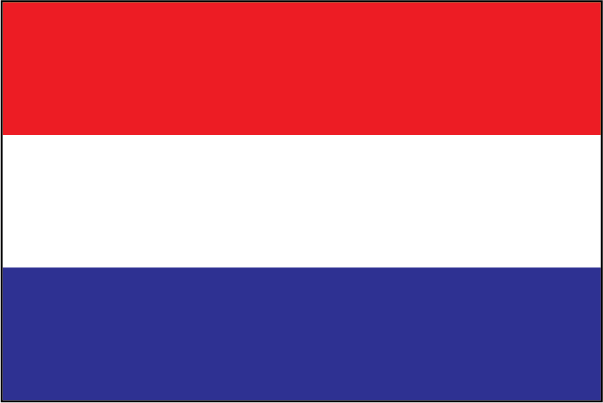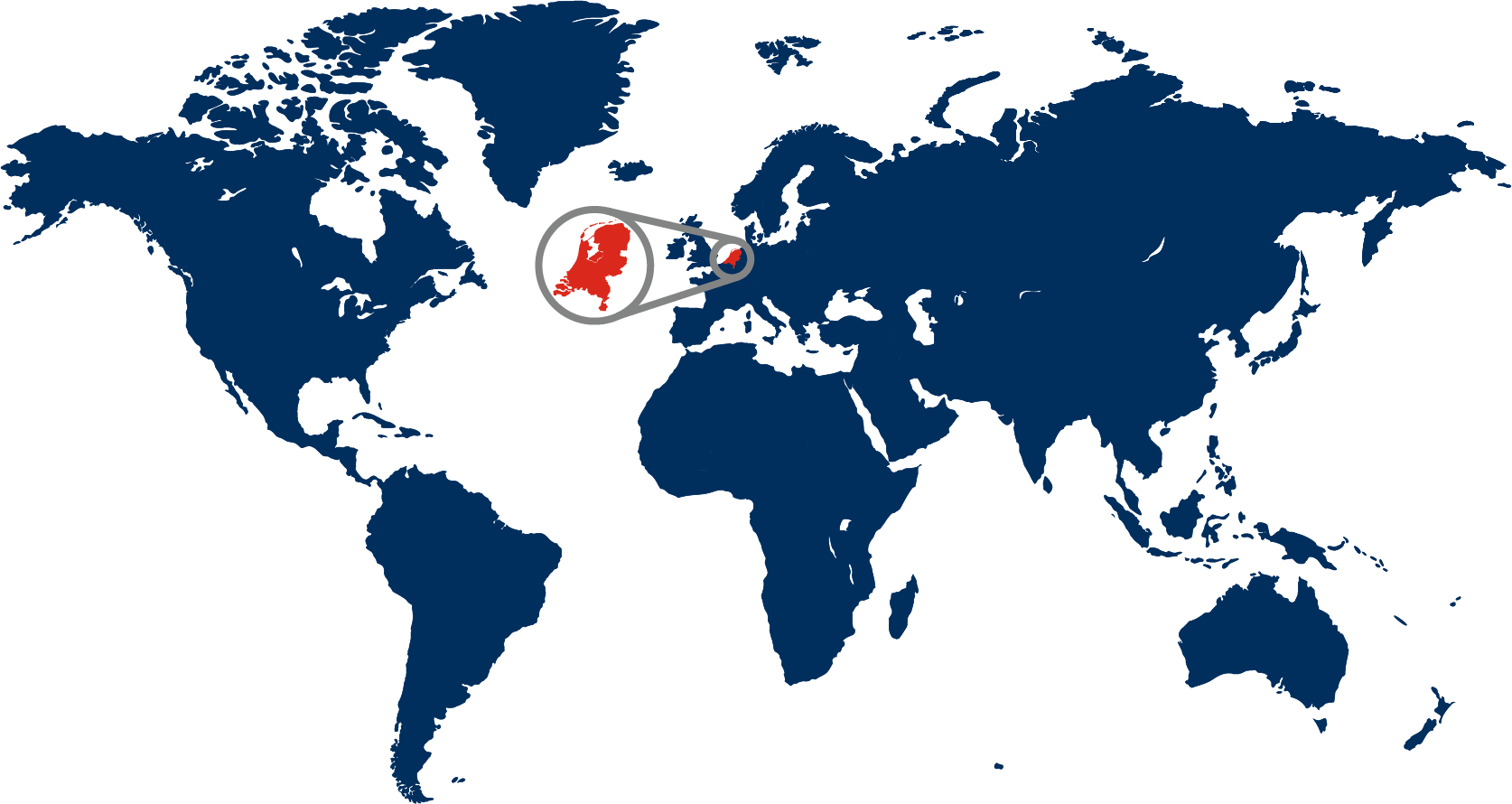The Netherlands
Articles
Travelogues
View more from News & Articles or Primerus Weekly

By Tom Kirvan
The Netherlands, often called Holland, is a land of picturesque canals, vibrant tulip fields, and a rich cultural and historical heritage. Located in northwestern Europe, this small but influential country boasts a fascinating blend of old-world charm and modern innovation. From the windmills of Kinderdijk to the artistic treasures of Amsterdam, the Netherlands is a captivating destination that welcomes travelers with its scenic beauty, progressive values, and warm hospitality.
The Netherlands is home to approximately 17.5 million people, making it one of the most densely populated countries in Europe. Despite its compact size, the country is incredibly diverse, with a mix of Dutch, Indonesian, Surinamese, Turkish, and Moroccan communities contributing to its multicultural atmosphere. The Dutch are known for their openness, proficiency in English, and a deep-rooted cycling culture that sees bicycles outnumbering people.
Geographically, the Netherlands is remarkable for its low-lying terrain. A significant portion of the country lies below sea level, protected by an advanced system of dikes, levees, and floodgates. The country’s extensive network of canals and waterways is a defining feature, adding to its unique charm. The North Sea borders on the west and north, while the eastern and southern borders connect to Germany and Belgium. The flat landscape makes cycling a preferred mode of transportation, and the coastal regions offer stunning beaches and dunes.
The Netherlands has a long and storied history that has left an indelible mark on global culture, trade, and politics. During the Dutch Golden Age in the 17th century, the country became a global maritime power, establishing colonies and trade routes across Asia, Africa, and the Americas. Amsterdam emerged as a financial and cultural center, home to renowned artists such as Rembrandt and Vermeer.
The Dutch played a significant role in shaping modern democracy, with the country being one of the first to establish a constitutional monarchy in the 19th century. World War II brought devastation, but the Netherlands rebounded, becoming a founding member of the European Union and NATO. Today, it is known for its progressive policies on social issues, a strong commitment to environmental sustainability, and an overall high quality of life.
The Netherlands boasts a highly developed and export-oriented economy, ranking among the world's top trading nations. Key industries include agriculture, technology, finance, and logistics. The country is one of the largest exporters of agricultural products, thanks to its advanced greenhouse farming techniques. Dutch flowers, particularly tulips, are renowned worldwide, with the Keukenhof Gardens attracting millions of visitors annually.


Capital: Amsterdam
Population: 17.5 million
Highest Point: Vaalkserberg (1,058 feet)
Language: Dutch
Primerus Member: Russell Advocaten B.V.
Russell Advocaten B.V., a full-service business law firm located in Amsterdam.
Amsterdam is a major financial hub, home to the Amsterdam Stock Exchange, one of the oldest in the world. The Port of Rotterdam, one of the busiest ports globally, plays a crucial role in European trade. Additionally, multi-national corporations such as Philips, Shell, and Heineken have their headquarters in the Netherlands, underscoring its economic significance.
The capital of the Netherlands is Amsterdam, a city celebrated for its canals, historic architecture, and world-class museums. It is also the country's most populous city, with more than 900,000 residents. Amsterdam's unique urban design, with its network of canals and gabled houses, creates an enchanting atmosphere that attracts millions of tourists each year. Beyond its historical charm, the city is a hub for technology, finance, and creative industries.
Five Must-See Destinations